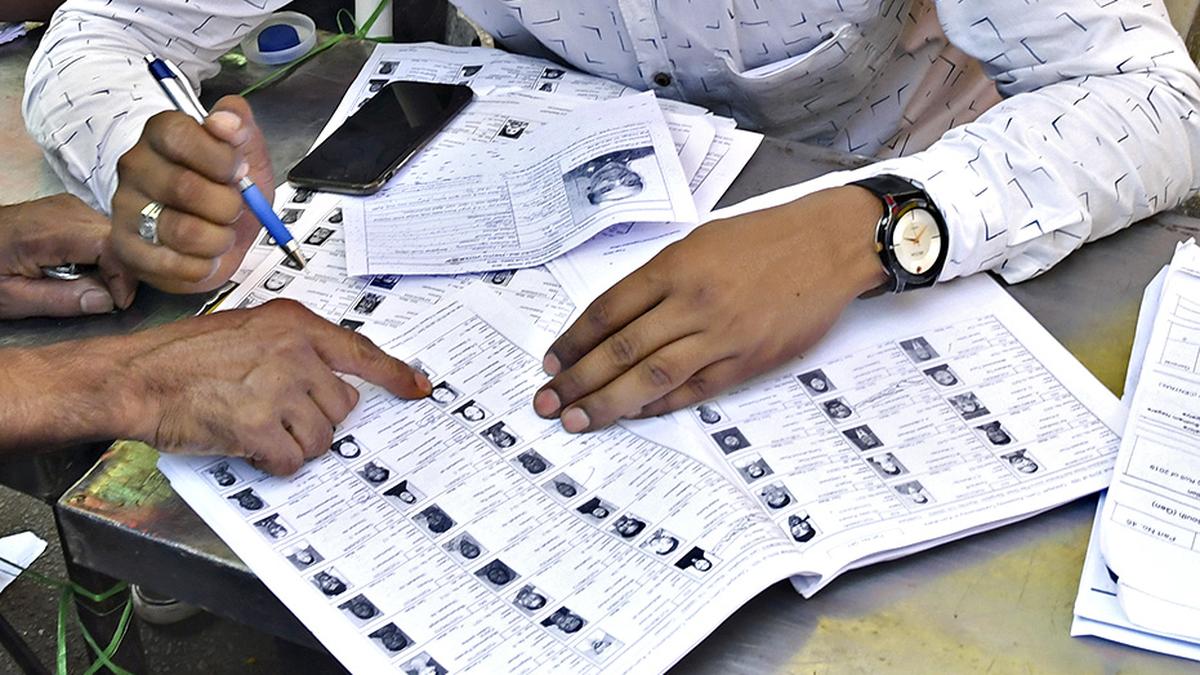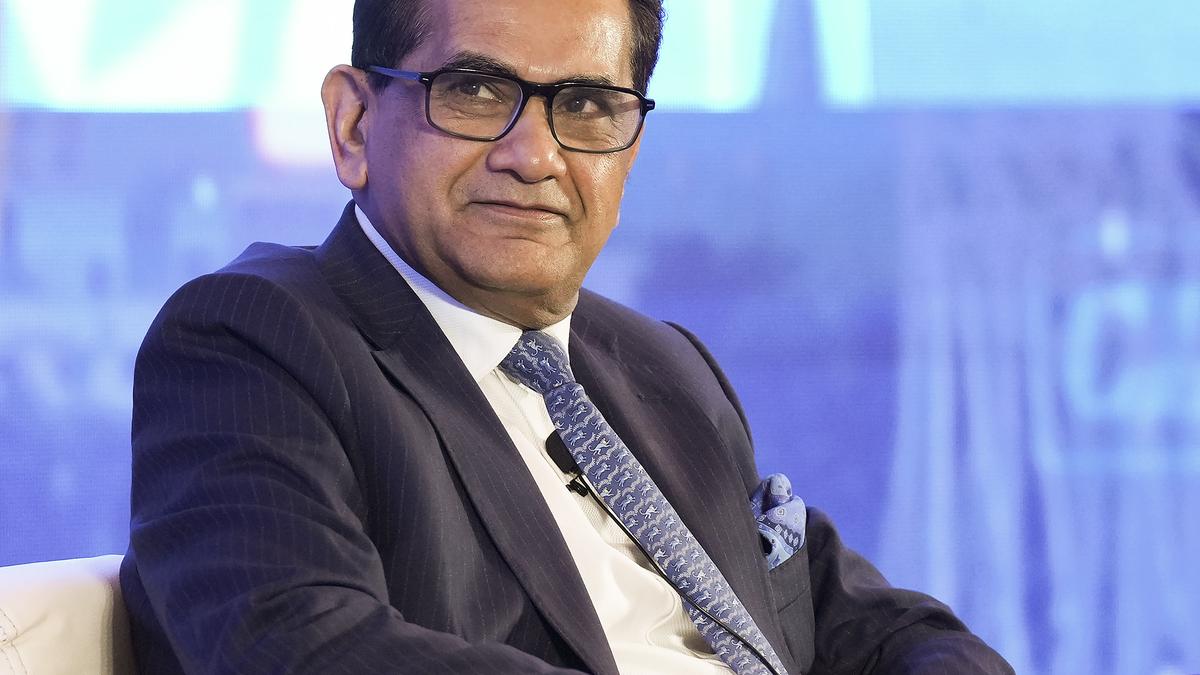Union Home Minister Amit Shah unveiled three major technology platforms on Monday (June 16, 2025) to improve the speed and precision of disaster management.
Mr. Shah launched the Integrated Control Room for Emergency Response (ICR-ER), National Database for Emergency Management Lite 2.0 (NDEM Lite 2.0) and Flood Hazard Zonation Atlas of Assam at the annual conference of Relief Commissioners, Secretaries of Disaster Management and State Disaster Response Forces.
In a post on X, Mr. Shah said the three platforms “will equip our disaster management apparatus with the speed and precision of the new age technologies”. “The ICR-ER will prompt real-time response to disaster(s) across the nation by streaming satellite data to rescue agencies, and the NDEM Lite 2.0 will provide our response forces spread across nooks and corners with the agility to confront any calamity as a single unit,” he said. The flood hazard atlas for Assam will help in disaster mitigation by providing real-time data related to floods, their impact, and water levels in rivers, the Minister said.
Assam Chief Minister Himanta Biswa Sarma said in a post on X that the Flood Hazard Zonation Atlas of Assam, a satellite-based analysis of flooding patterns in the State, will help in regulating development in floodplains, promoting flood-resilient agriculture, supporting crop insurance schemes and preparing disaster management plans.
Mr. Shah said that due to climate change and global warming, the entire world is grappling with disasters and there is a need to move forward with environmental conservation as a core component of mitigation plans.
“While everyone is fully prepared to tackle disasters, there is also a need to address their root causes,” he said.
“Not only has our capacity to handle disasters been increased, but it has also been enhanced and extended to the tehsil level. Attention has been given to speed, as saving lives during a disaster is of utmost importance,” he added.
The Home Minister said efficiency has been improved through the use of cutting-edge technology and the dedicated approach of disaster response forces. Additionally, by providing accurate forecasting and early warnings, the society at large has been made more vigilant, he said.
Mr. Shah said that during the Narendra Modi government’s tenure, there has been a significant shift in the approach related to disaster management. Earlier, the approach was relief-centric, but now the focus has shifted to a comprehensive and integrated approach, he said.
He also emphasised the importance of anticipating future disasters, conducting advanced research, compiling global ideas in this field, and adapting them to suit India’s geographical conditions.
India has become a global leader in the field of disaster management due to the excellent work carried out by the National Disaster Management Authority, the National Disaster Response Force and other agencies, Mr. Shah said.
“Whenever the history of India’s disaster response will be written, the last 10 years of the Modi government will be recorded as a transformative decade. In these 10 years, we have made significant achievements in all four areas — capacity, efficiency, speed and accuracy,” he said.
He said in the last two years, work has been done to create a platform of ideas with a whole-of-government approach by bringing together all the agencies related to relief and disaster management.
Single platform
“When the heads of all the disaster relief teams come on a single platform, many shortcomings are removed and the country also benefits in being prepared to deal with a disaster,” he said.
He suggested that every year, some teams from districts and tehsils sensitive to disasters should be included in the conference so that the disaster management being discussed at the national level gradually reaches the tehsil and district levels as well.
All Relief Commissioners should prepare a district disaster management plan for every district in their State within 90 days, he said.
The Home Minister said in the last decade, India has made significant efforts for financial and structural empowerment of institutions.
“We have also pursued institutional empowerment deliberately and by design, along with structural empowerment. Combining all these, we have also adopted a multidimensional approach as a policy,” he said.
More funds
Mr. Shah said from 2004 to 2014, the budget of the State Disaster Response Force was ₹38,000 crore, which increased to ₹1.44 lakh crore from 2014 to 2024. Similarly, the budget of the NDRF was ₹28,000 crore from 2004 to 2014, which has now been increased to ₹84,000 crore.
“Overall, we have nearly tripled the total budget from ₹66,000 crore to ₹2 lakh crore,” he said.
Mr. Shah also said a lightning action plan needs to be formulated soon and noted that several States were yet to implement the incident response system.
Published - June 16, 2025 10:29 pm IST



.png)
.png)
.png)
















 2 hours ago
4
2 hours ago
4










 English (US) ·
English (US) ·